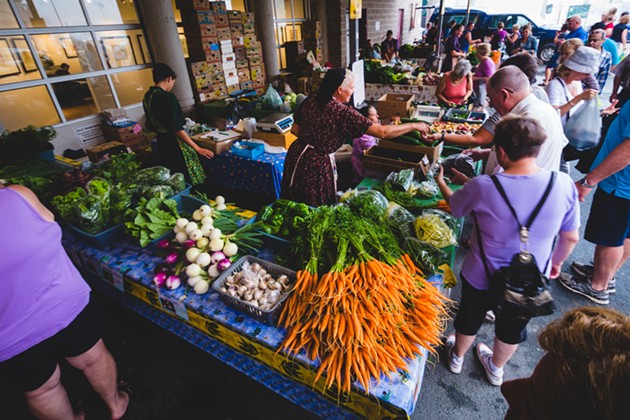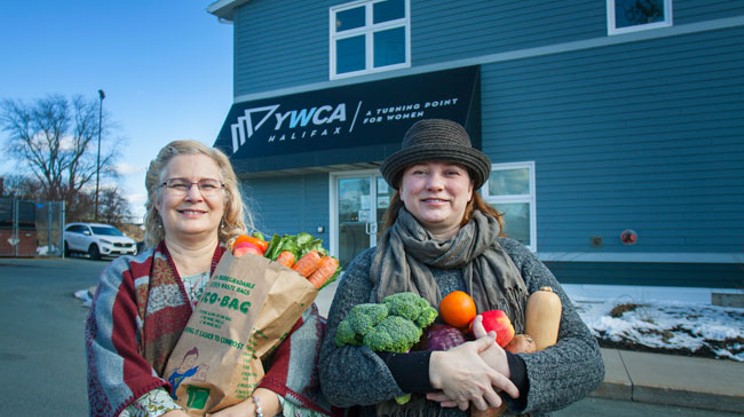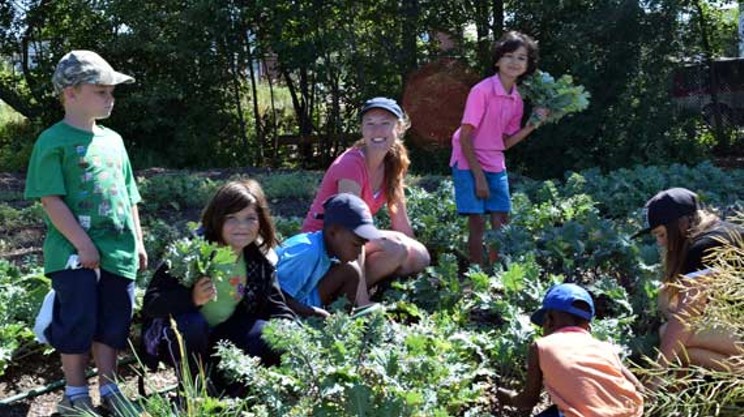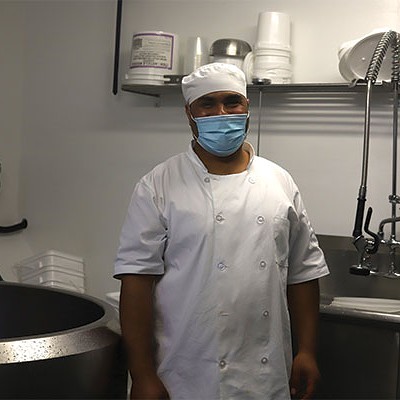
The city has a long way to go to create a healthy, just and sustainable food system.
A new report, called Food Counts: Halifax Food Assessment, outlines some problems with food accessibility throughout the city. It was created by the Halifax Food Policy Alliance, which collected data showing that many people in HRM still don’t have readily available access to food and can’t afford to maintain a healthy diet.
The report, presented on Thursday to the Community Planning and Economic Development standing committee, includes alarming facts that reflect Halifax’s low-wage incomes.
There’s been a “49 percent increase in food bank use across the region” since 2015, reads the report, which also found one in five children in Nova Scotia lives in food-insecure households.
Councillor Lindell Smith of Halifax Peninsula North has seen that food insecurity is a problem and says it needs to be addressed.
“We have two areas that are considered low income [in District 8]—Mulgrave Park and Uniacke Square,” says Smith. “They’re mostly people who are living in low-income or social assistance, and even if they go to a grocery store they can’t really afford the nutrition that is needed.”
Sadly, health versus wealth is a real debate in grocery store aisles. Healthy, nutritious food tends to cost a lot more than junk food. Unfortunately, these “choices” or financial circumstances are affecting Haligonians.
In the report, the Food Policy Alliance found data that shows Halifax has more nutrition-related chronic diseases than the national rate. This includes obesity, diabetes and high blood pressure. The report goes on to state that “just over one-third of Halifax residents (12 and older) meet their daily requirement of fruit and vegetables.”
Smith believes the city needs to work with health professionals for insight and offer more easily accessible food infrastructures.
“Think of a place like Gottingen Street,” he says. “There are corner stores, but your closest grocery store is on Windsor Street...And if you don’t have a car, but you have a family and you need to get groceries home, you’re either taking a taxi which costs money or you’re on the bus. Which, who wants to carry a family load of groceries on the bus?”
While a lot of the city’s food system relies on the provincial government’s jurisdiction, the municipality has been popping up different initiatives to try and increase food security. The Mobile Food Market—a bus that brings fresh, affordable produce to communities with limited access to grocery stores—was recently expanded to offer winter service and city council has looked into several anti-poverty initiatives.



















